Urbanization Study Phase 2: Economic Opportunities Analysis (EOA) Update and Urbanization Report
This phase of work includes an Economic Opportunities Analysis (EOA) Update and Urbanization Report.
- Economic Opportunities Analysis (EOA) Update. The City most recently updated its Economic Opportunities Analysis in 2013, and adopted it in 2014. That update looked at needs for the 20-year period from 2013-2033. The current work will update this analysis for a 20-year planning period from 2021-2041 and for a longer period through 2067. This update includes a buildable lands inventory of commercial and industrial lands within the Urban Growth Boundary (UGB), an analysis of commercial and industrial land needs for the next 20 years (and longer), and a determination of sufficiency of whether the buildable lands in the UGB will meet the 20-year identified needs.
- Urbanization Report. The Urbanization Report brings together information about all of the land needs and sufficiency of lands in the UGB to meet those needs for the specified planning periods, including the 2021-2041 20-year planning period for the UGB. This includes the residential land needs analysis from Phase 1, the commercial and industrial needs analysis, and additional evaluation of other land uses which are not residential, commercial, or industrial. This includes uses such as institutional uses, parks, public facilities, substations, water storage tanks, storm water detention basins, etc. It also ensures consistent accounting for different land uses which may occur in different zoning districts. For example, some non-residential uses may locate on sites with residential zoning (such as parks, schools, churches). This analysis will ensure these uses are considered when conducting the inventory of residential lands. Residential uses are also allowed in some commercial zones, or as part of mixed-use development. This analysis ensures this is considered when conducting the inventory of commercial lands. All uses on lands with different zoning are accounted for.
This work is coordinated with the City’s “MAC-Town 2032” Economic Development Strategic Plan adopted in March 2019 to ensure the updates support the City’s economic development vision and strategies. The work is also coordinated with the City’s recently adopted Great Neighborhood Principles to support these principles designed to provide neighborhoods of enduring value for current and future generations.
Project Materials
Background materials, the latest draft documents, and informational materials from meetings are available here.
Project Advisory Committee
The Project Advisory Committee includes members who participated in Phase 1 who expressed interest in continuing with the Phase 2 work, together with additional representatives with background in business, economic development, commercial and industrial sites, and other relevant backgrounds.
Citizen Advisory Committee (CAC)
| Kellie Menke | Doug Hurl |
| Roger Lizut | Scott Cooper |
| Susan Dirks | Alan Amerson |
| Side Friedman | Kelly McDonald |
| Mark Davis | Mike Morris |
| Paul Davis | Jeff Knapp |
| Andrew Burton | Gioia Goodrum |
| Beth Caster | Ed Gormley |
| Michael Jester | Kyle Faulk |
| Robert Banagay | Jody Christensen |
| Amanda Perron | John Dietz |
| Matt Deppe | |
| Patty O'Leary |
Technical Advisory Committee (TAC)
| Tom Schauer - Lead | Heather Richards |
| Chuck Darnell | Jamie Fleckenstein |
| Mike Bisset | Susan Muir |
| Angela Carnahan | Stephanie Armstrong |

 Community Development Director:
Community Development Director: 